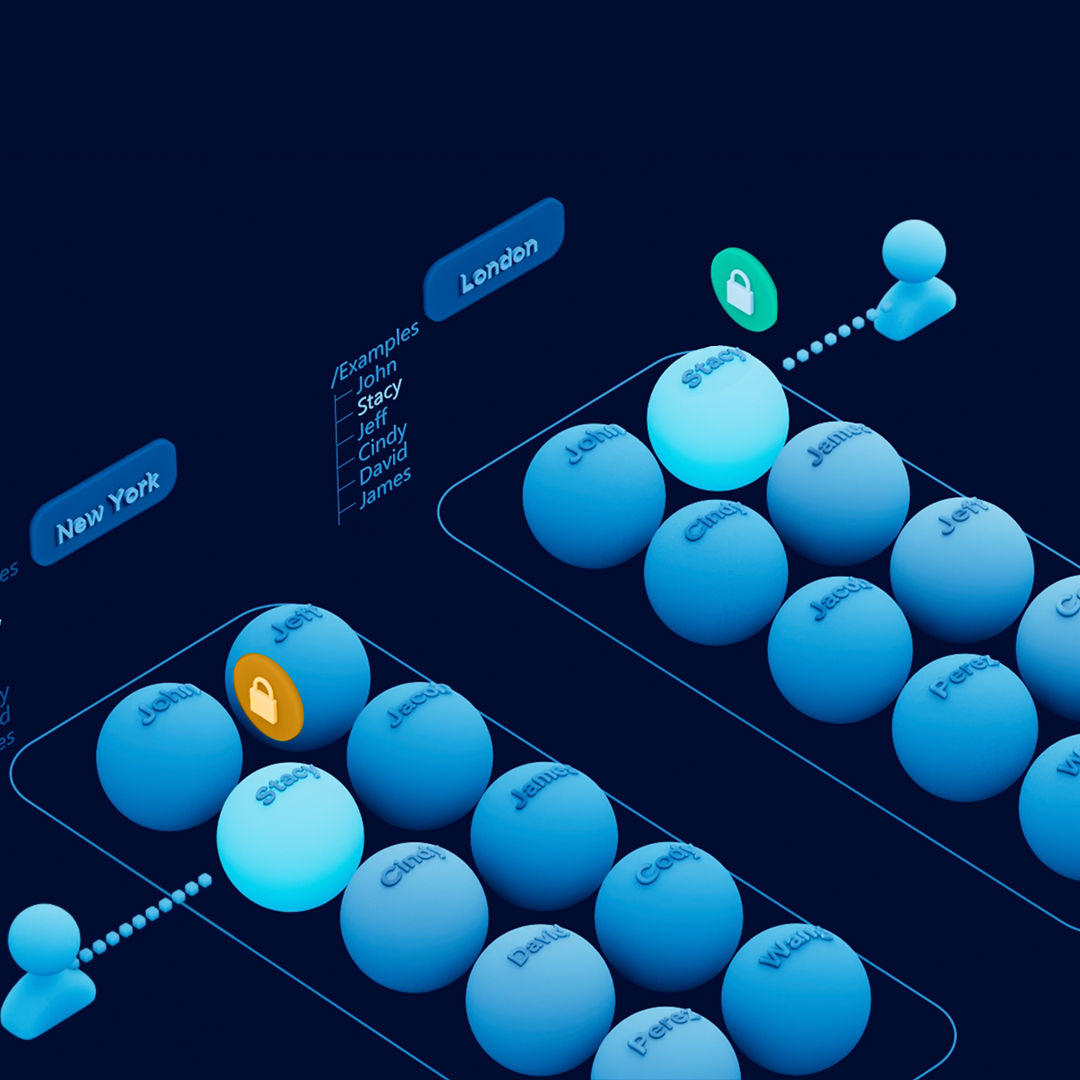VAST had to completely rethink how lock management was done across hybrid environments. Existing implementations were optimized for read-centric workloads and fall flat with transactional workloads.
VAST DataSpace decentralizes and moves the lock management down to the element-level (file, object, table) and allows for the lock to be held by the VAST cluster doing the transaction.
Reads can achieve peak performance while writes maintain consistency because before writes are executed by a VAST cluster, it will ensure that all globally cached copies of that element are removed and any references will be directed to the locking cluster until the transaction is complete.

